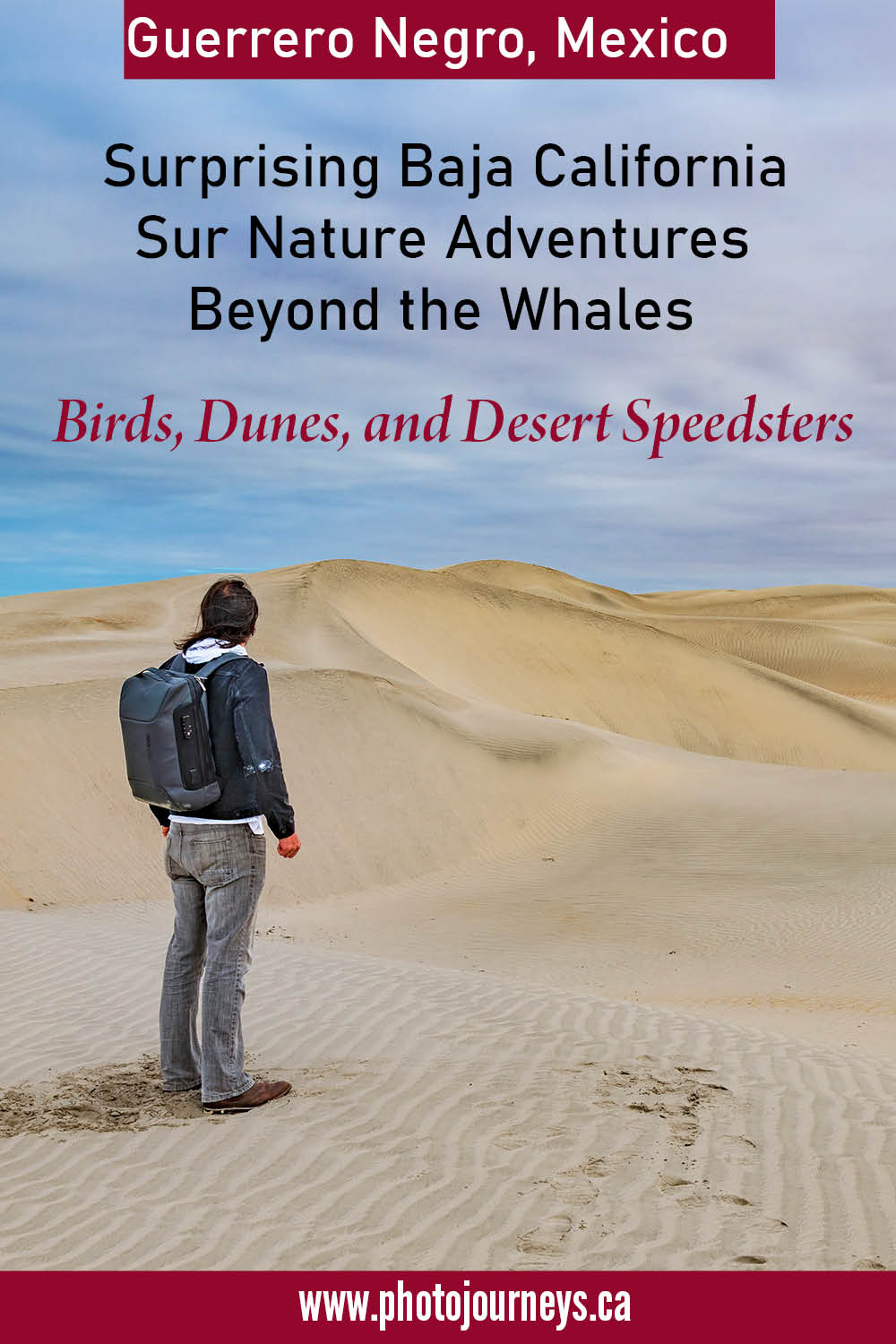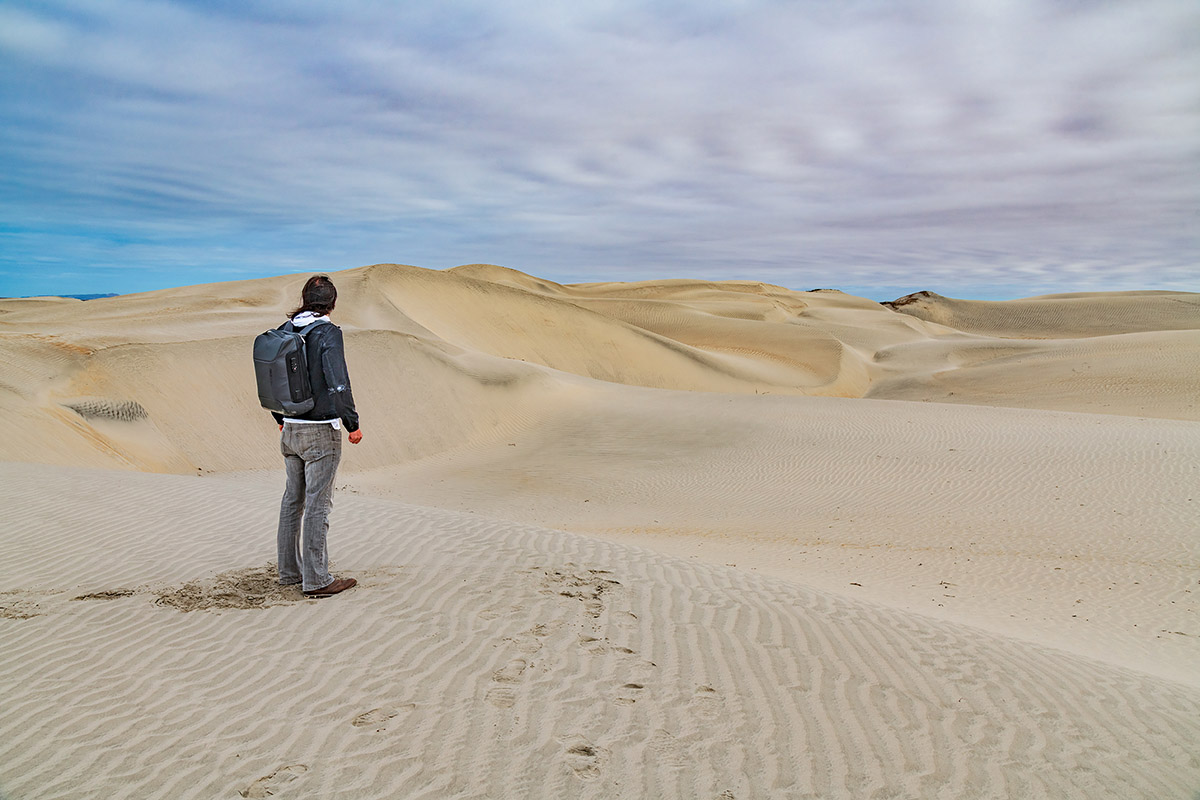
All photos © Robin and Arlene Karpan

The town of Guerrero Negro in Mexico’s Baja California Sur is known as one of the best spots in the world for whale watching. It more than lived up to that reputation when we visited earlier this year and wrote about our experiences in this posting. While we were expecting to see whales, we were surprised by the wealth of other natural attractions on offer.
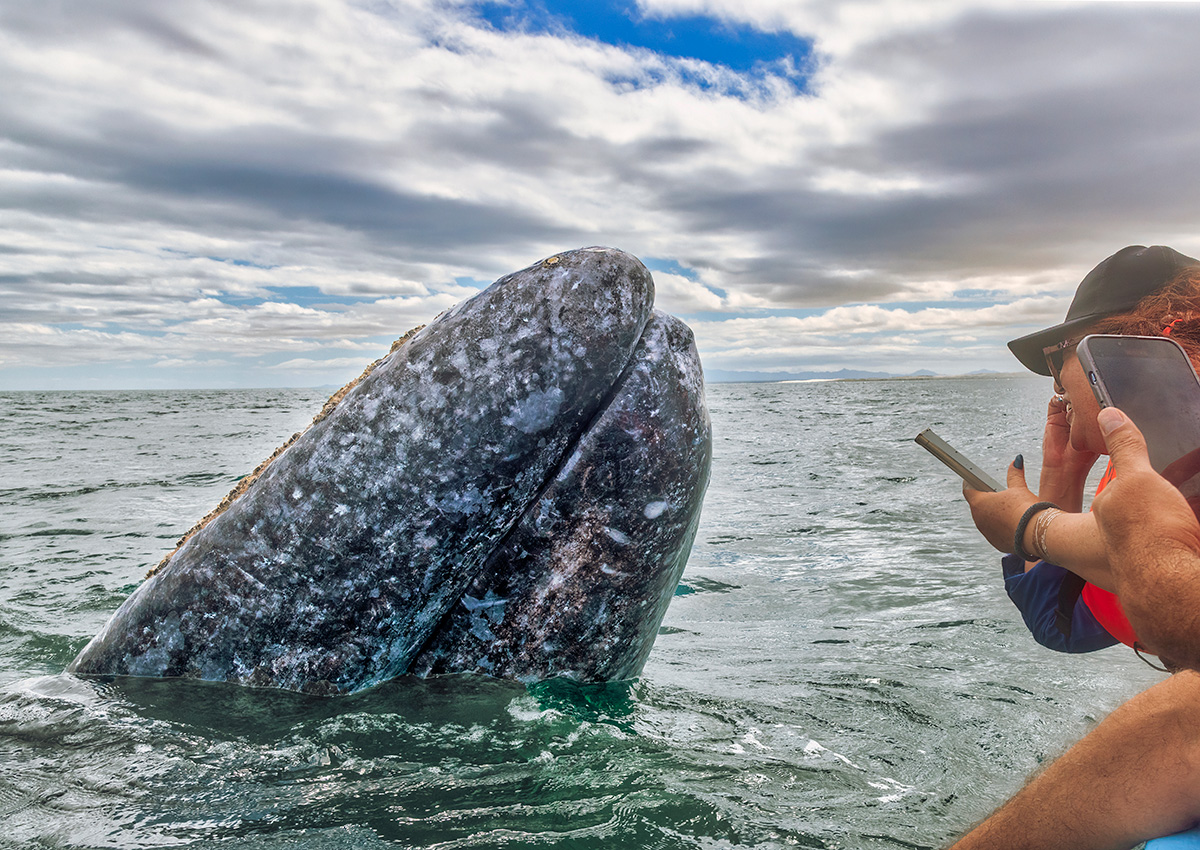
Where is Guerrero Negro?
Mexico’s Baja California Peninsula is divided into two states – Baja California in the northern half and Baja California Sur in the southern half. Guerrero Negro on the Pacific coast is the northernmost town in Baja California Sur, right next to the border where the two states meet.
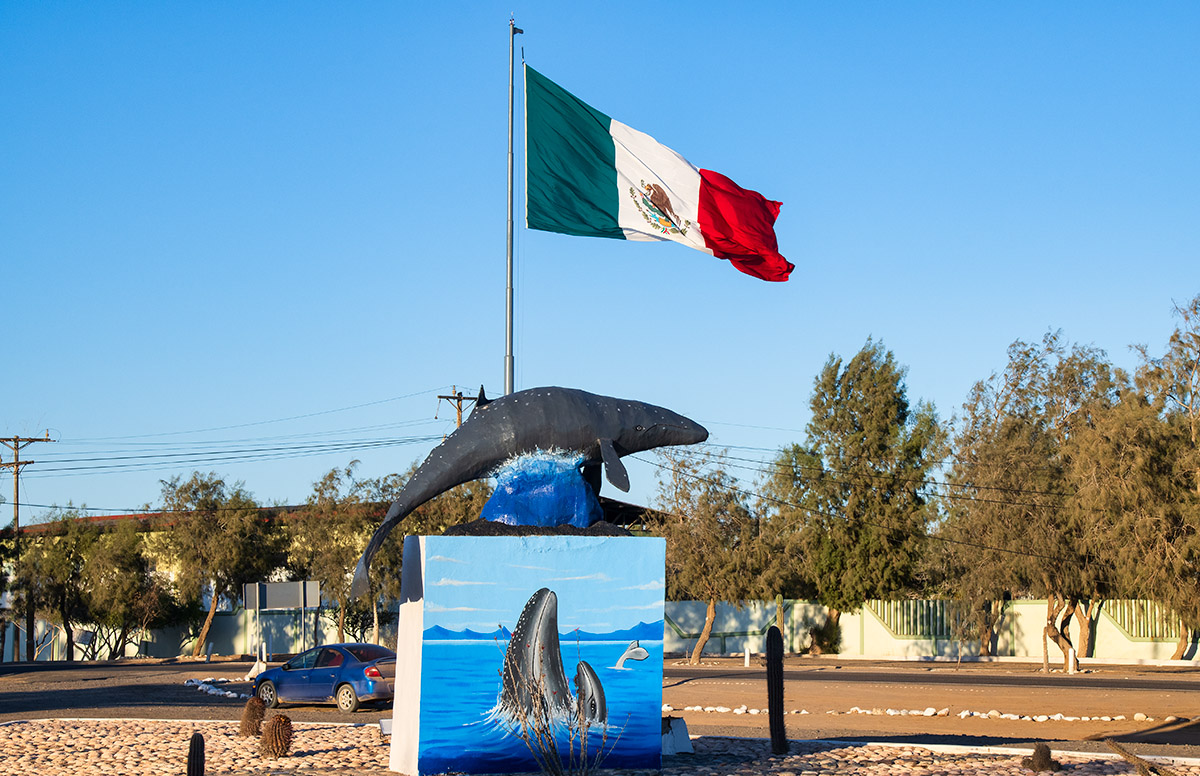
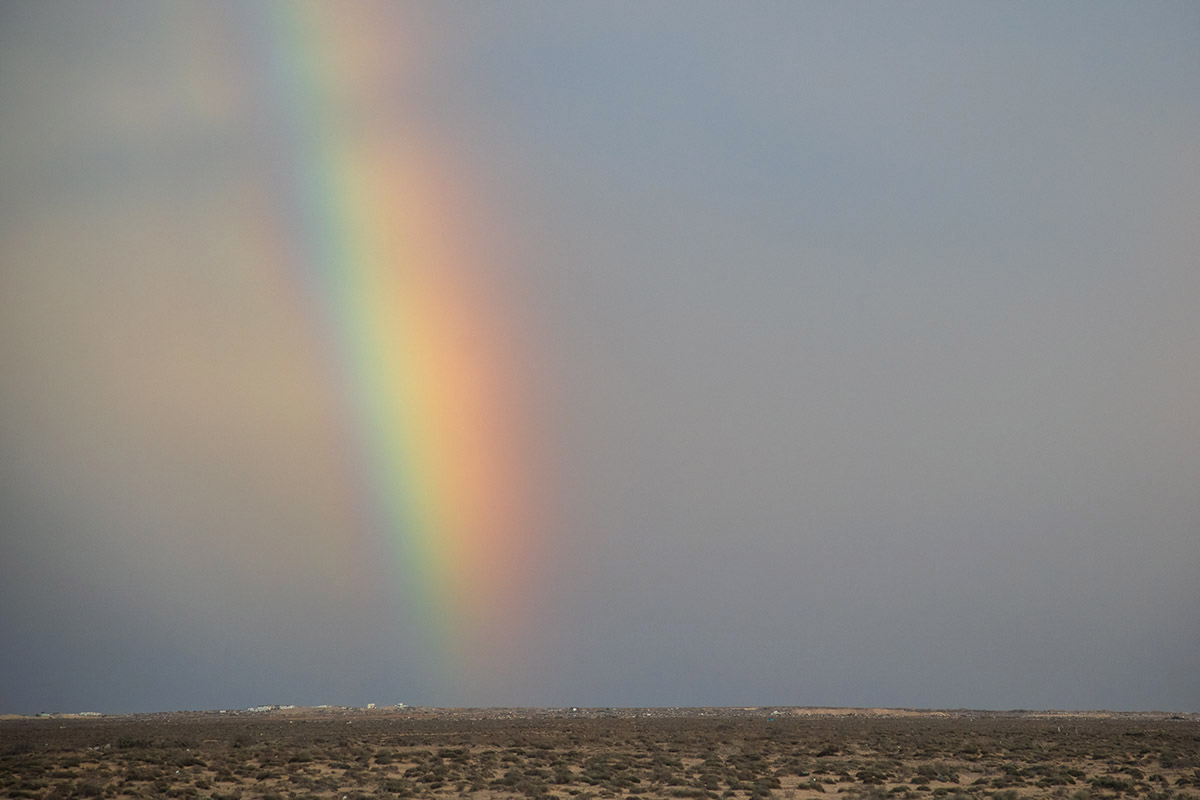
Unlike so many towns in Mexico with a long history, Guerrero Negro wasn’t founded until the 1950s. Its reason for being is the massive salt flats in the area, now home to one of the largest salt works in the world.

The region is part of the El Vizcaíno Biosphere Reserve – the largest protected area in Latin America, stretching from the Pacific to the Gulf of California. It boasts exceptional biodiversity, with coastal lagoons providing refuge for whales and other marine mammals, and bird-rich marshes and mangroves. The interior is rugged arid desert, with an array of wildlife, endemic plants, and ancient rock paintings.
Las Dunas de la Soledad
This was one of the most surprising landscapes we encountered. Las Dunas de la Soledad (Dunes of Solitude), just north of Guerrero Negro, is a massive area of sand dunes – among the most extensive coastal dune regions in North America. In some places, the sand stretches to the horizon.
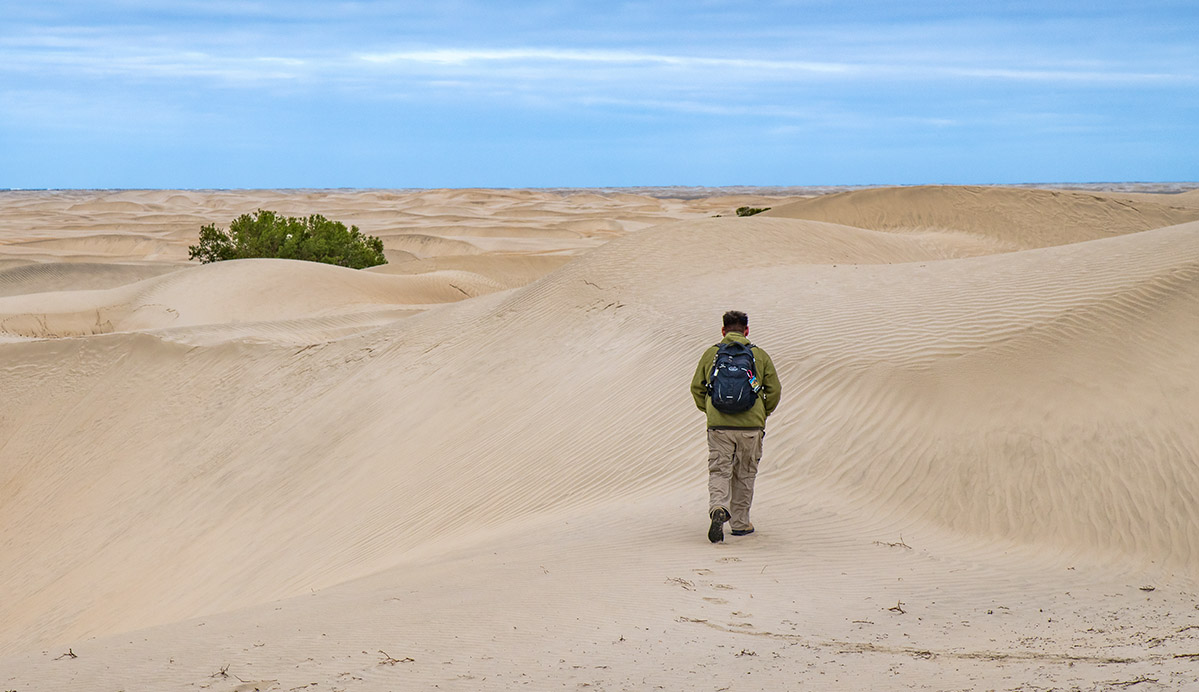
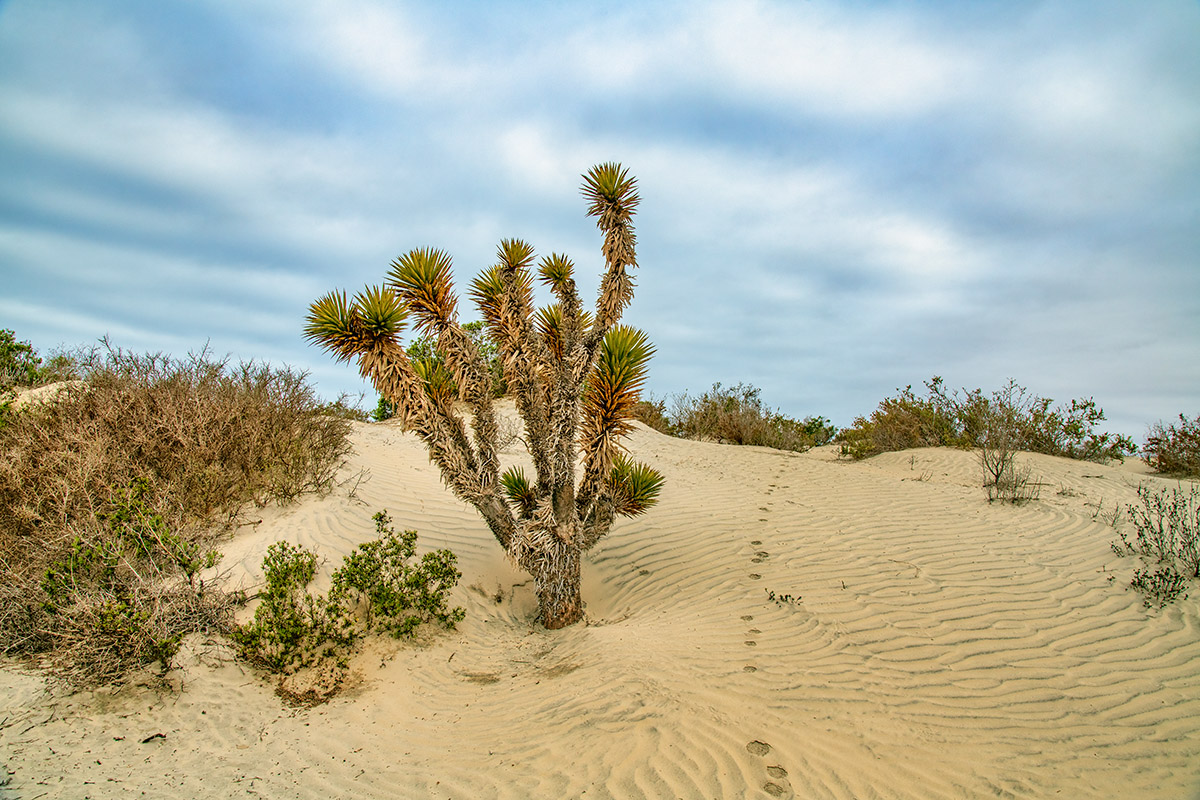
You can hike in the dunes, best done with a guide who knows the area. Those on whale-watching trips get a good look at the vast dune field and wind-swept formations that reach the Pacific Ocean. Not a lot of people go here, so solitude is an apt description.
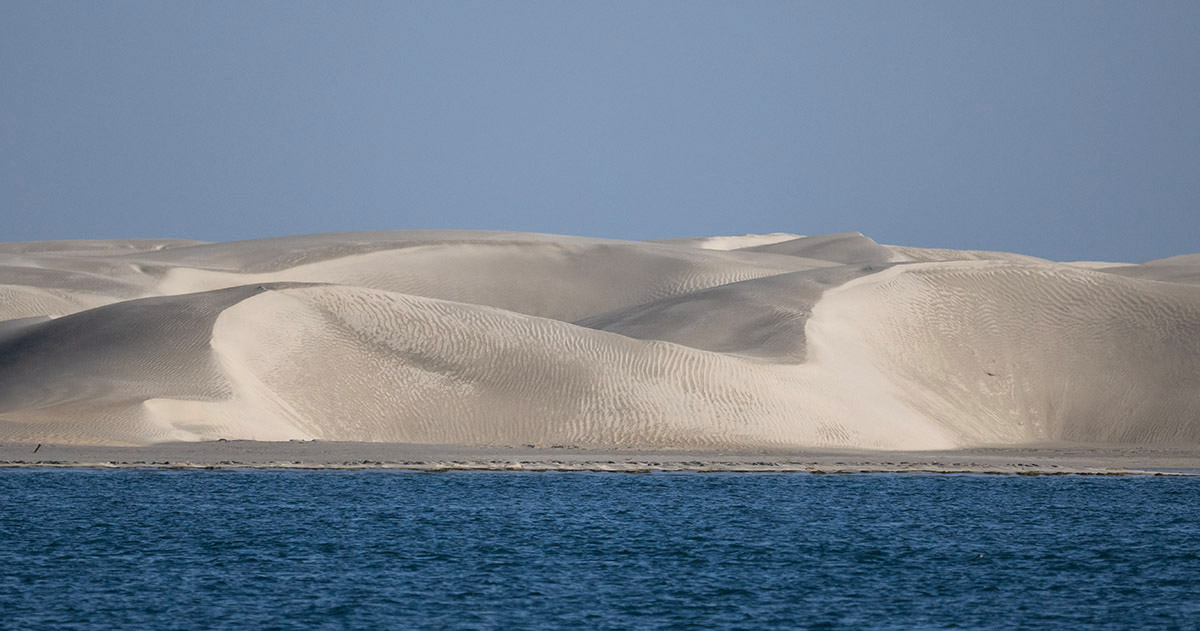
Birdlife Galore
The coastal marshes and lagoons hold a phenomenal number of birds. Besides its importance to nesting resident birds, the area is a vital wintering site for migrants such as the red knot, marbled godwit, short-billed dowitcher, and Brant goose. During our March visit, we saw familiar species that nest and summer in the Canadian Prairies, such as American avocets and white pelicans, now enjoying their Mexican winter vacation.
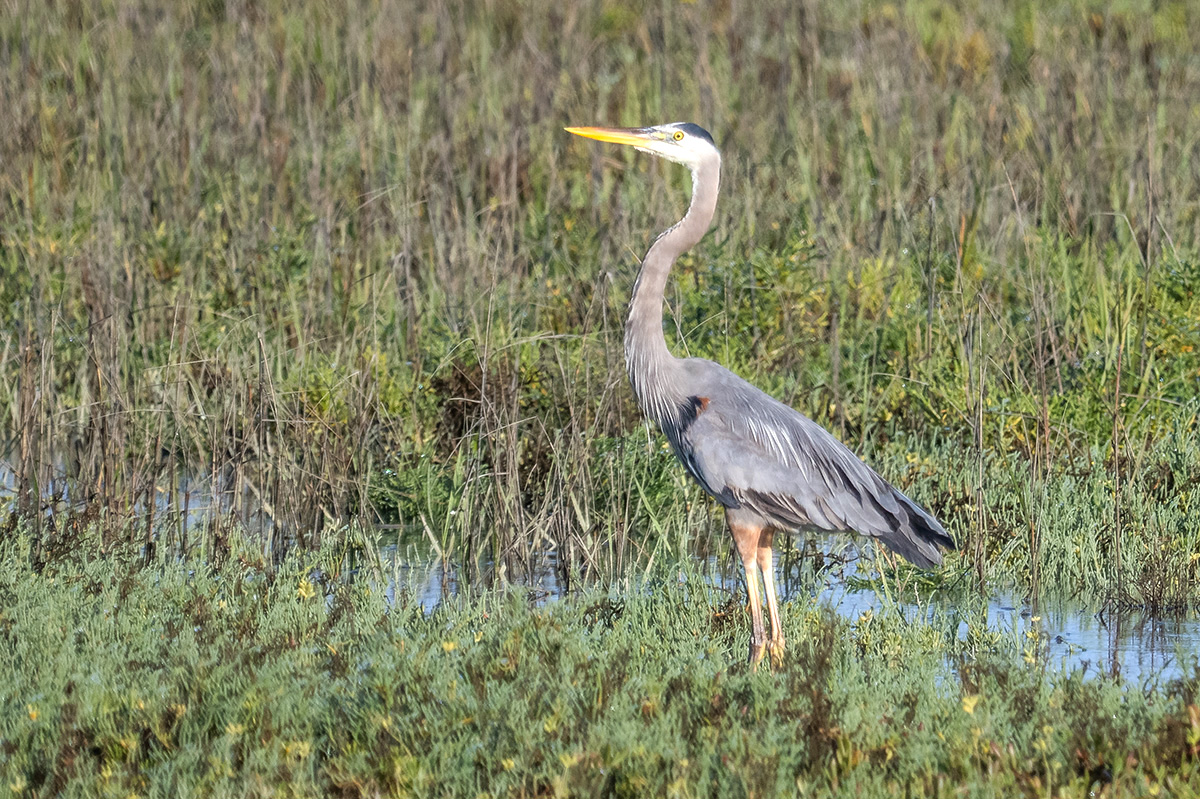
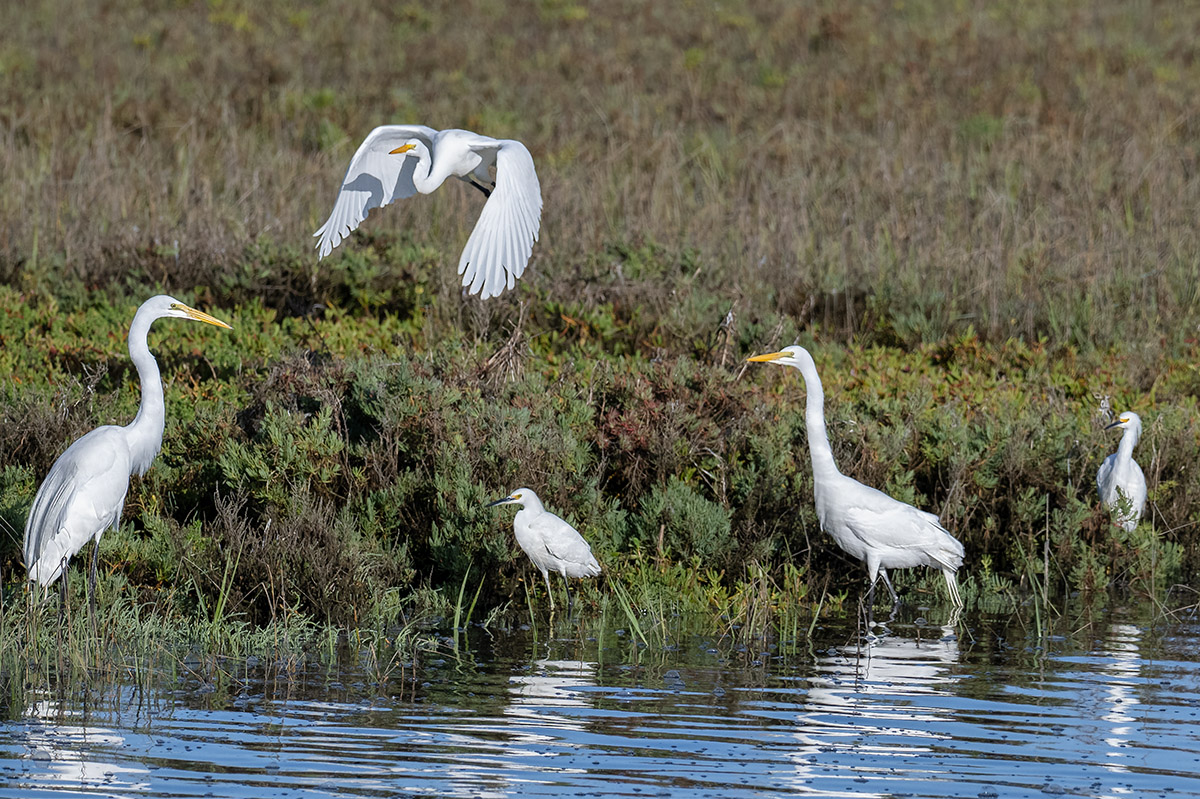
Egrets and herons were especially plentiful, along with willets and other shorebirds, cormorants, and a lot more. Osprey seemed to be everywhere. There were even nests just outside our hotel. Throughout our trip from Loreto to Guerrero Negro we saw more osprey than we have seen anywhere. They were so abundant that we stopped taking photos unless they were doing something unusual. Talk about an embarrassment of riches.
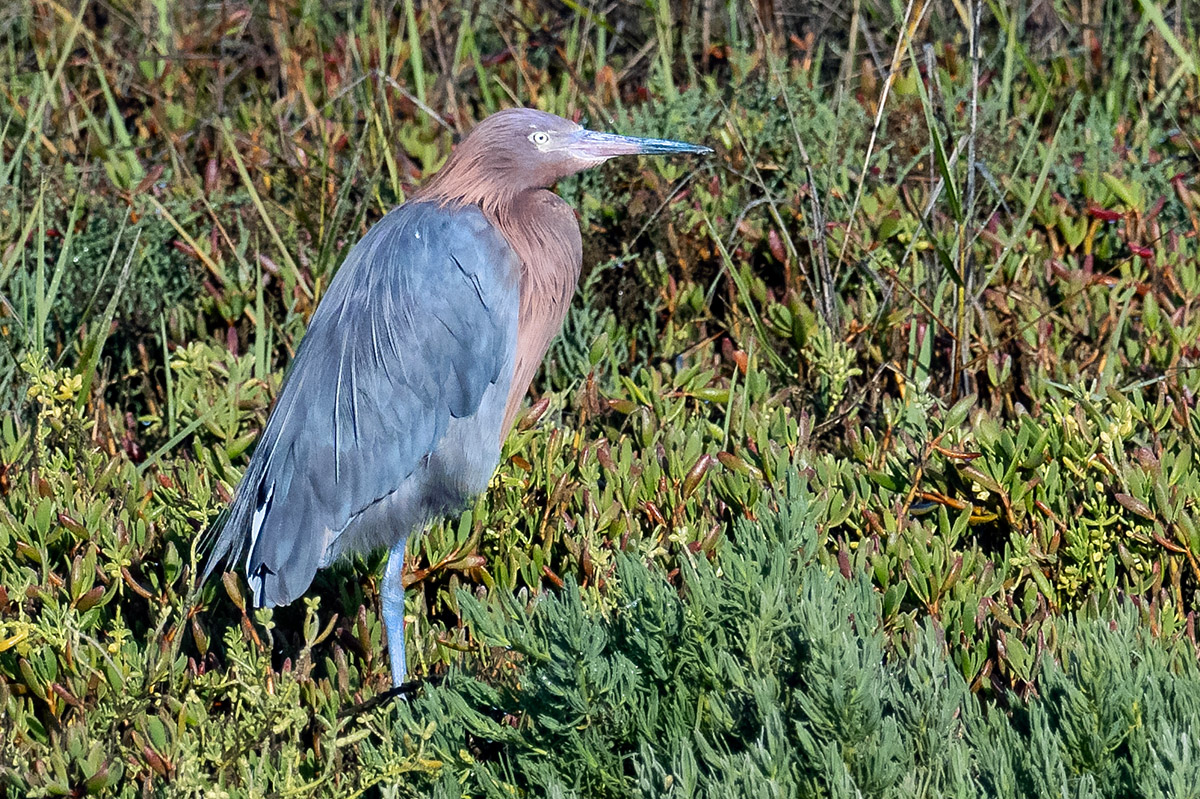

The Refugio de Aves (bird sanctuary) has a short trail along the waterfront on the edge of town. But the best spot was along the road to an old lighthouse that is no longer in use. We kept stopping at shallow wetlands every few metres as more and more species came into view, and wished we could have stayed all morning.

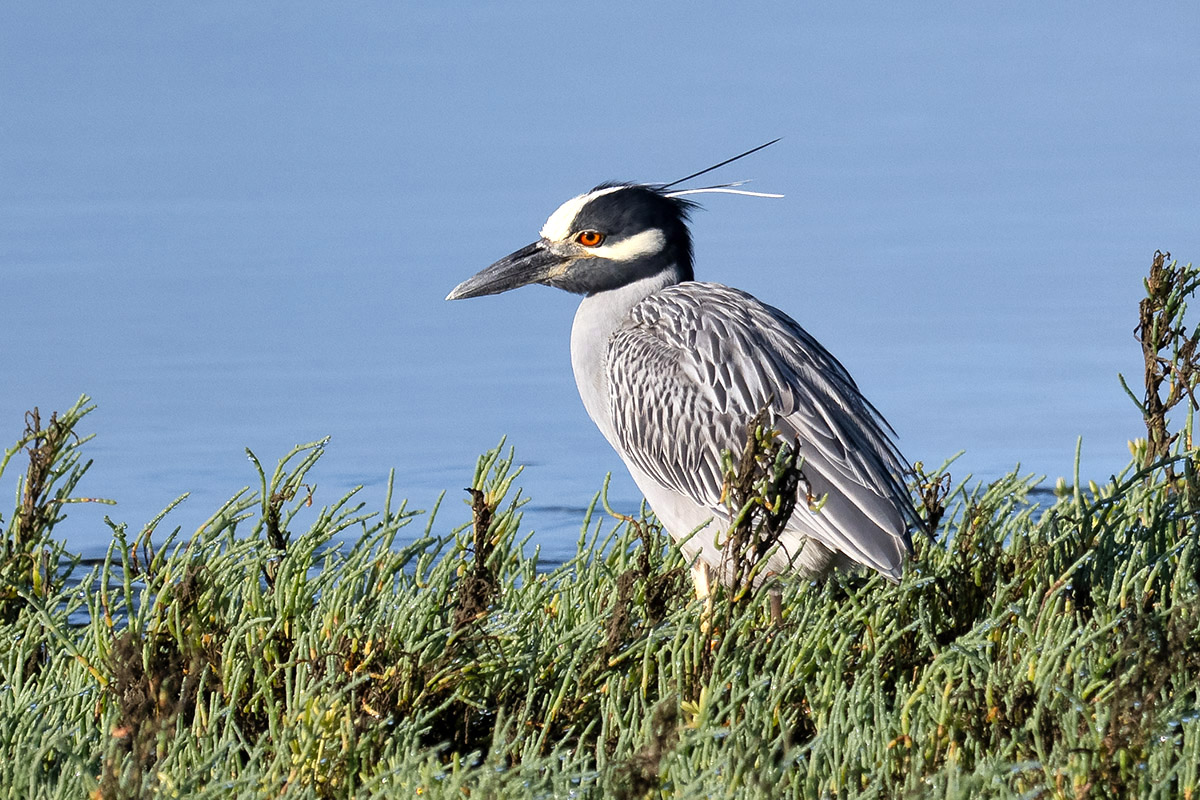
Peninsular Pronghorn Recovery Centre
A short drive from Guerrero Negro in the Vizcaino Desert brings us to the recovery centre for the Peninsular Pronghorn. Endemic to the Baja California Peninsula, this subspecies came close to extinction due to hunting, predation, drought, climate change, and competition with livestock. From a population of around 3,000 in the early 20th century, numbers dwindled to about 200 in 1997. In 1998, concerned scientists captured and reared some young pronghorn with a goal of eventually releasing them back in the wild.
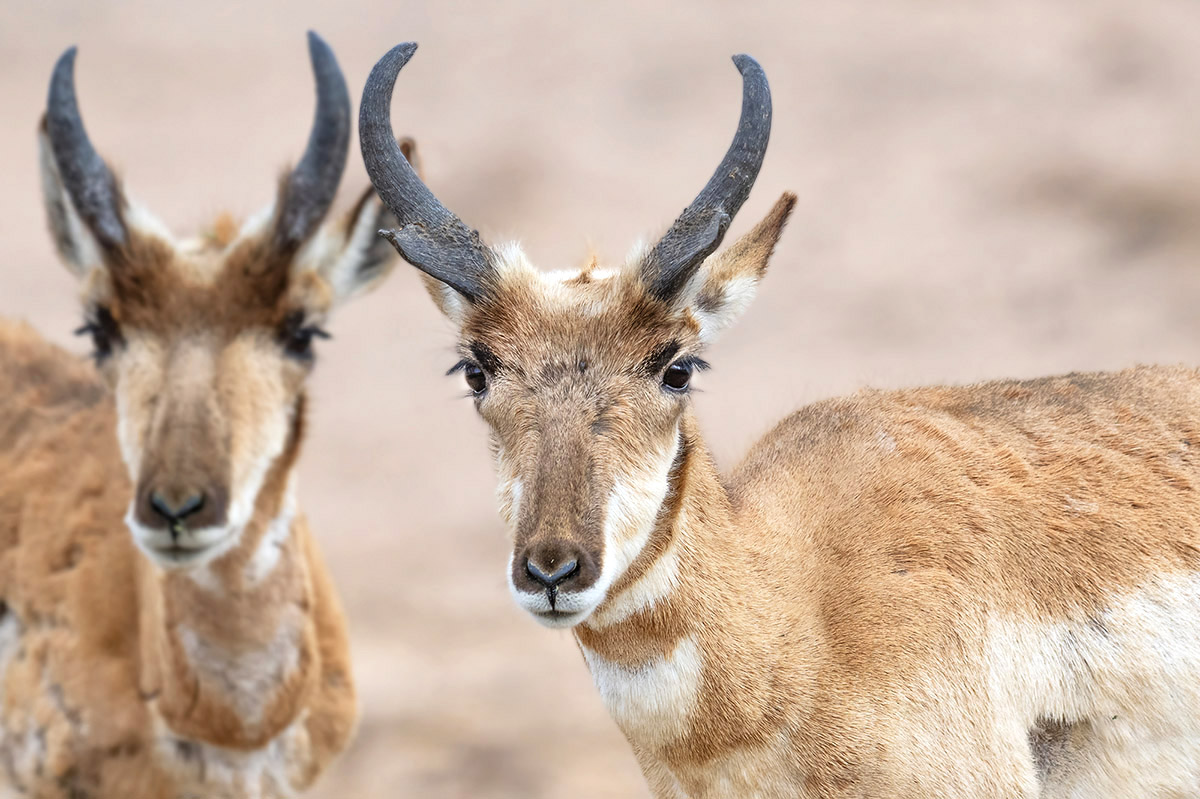
Coordinator Victor Sanchez has been with the project from the beginning. Standing outside a fenced enclosure with females and fawns, he explained that this was only one of many enclosures in the 21,000-hectare preserve.
“Each year we release some – 30, 40, or 100 maybe,” he said, adding that the project has been successful, and numbers in the wild have been climbing.
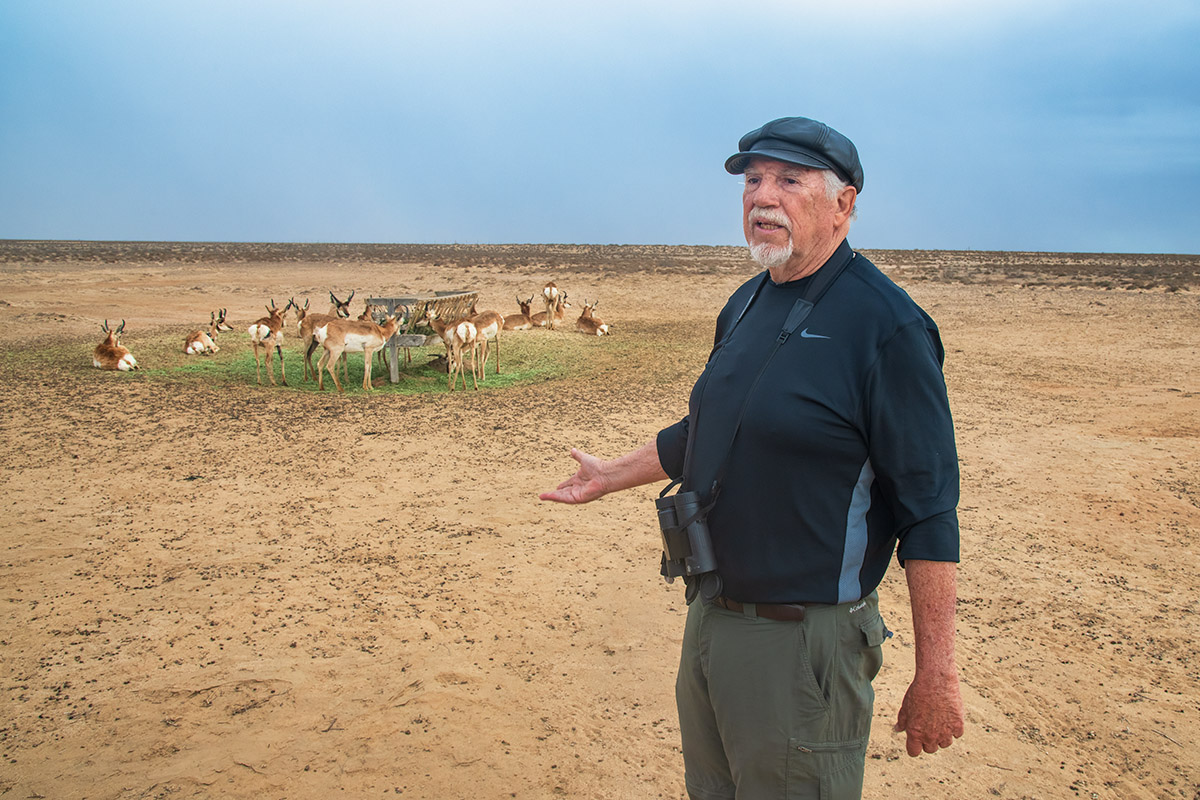
Nearby, a group of males gathered around a feeding station. “They’re chilling out right now, but during breeding season in May, they can get very aggressive when they fight over the females,” Sanchez said.
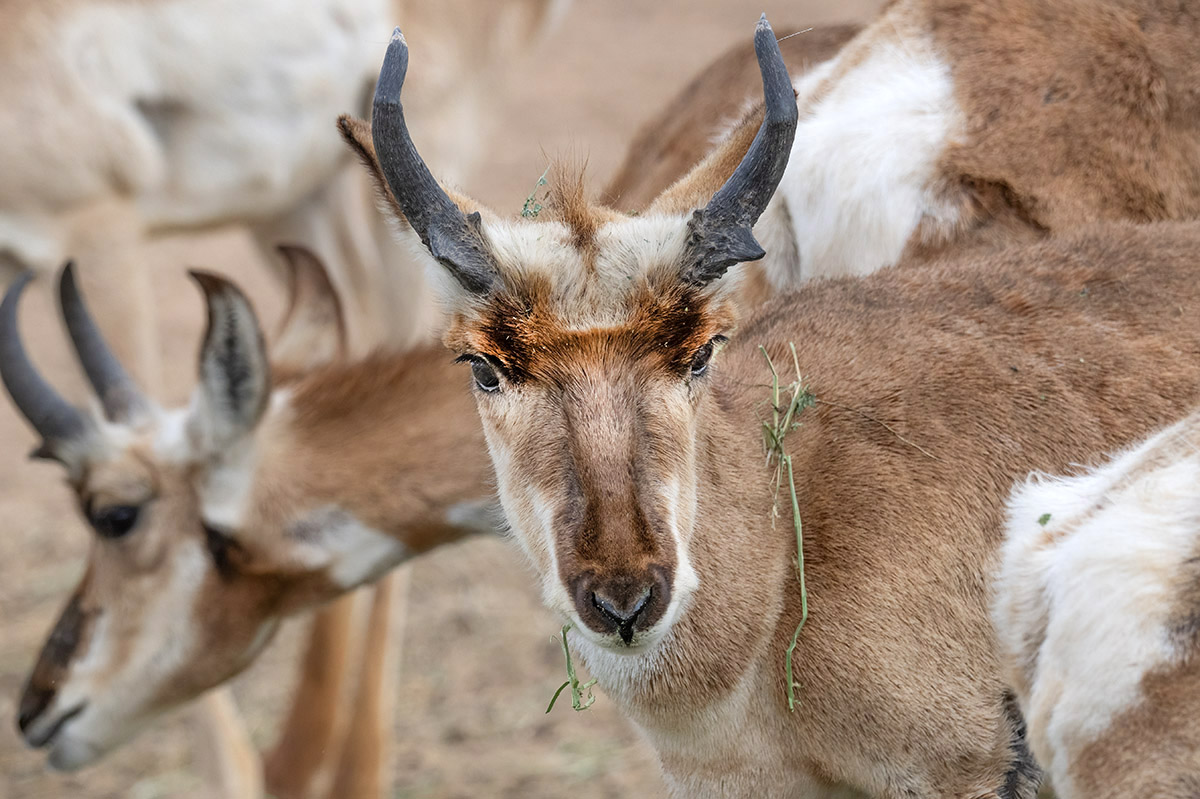
They looked quite similar to the pronghorn we often see in the Canadian Prairies, but the Peninsular Pronghorn are smaller. Farther north where rain and food are more abundant, they grow larger.
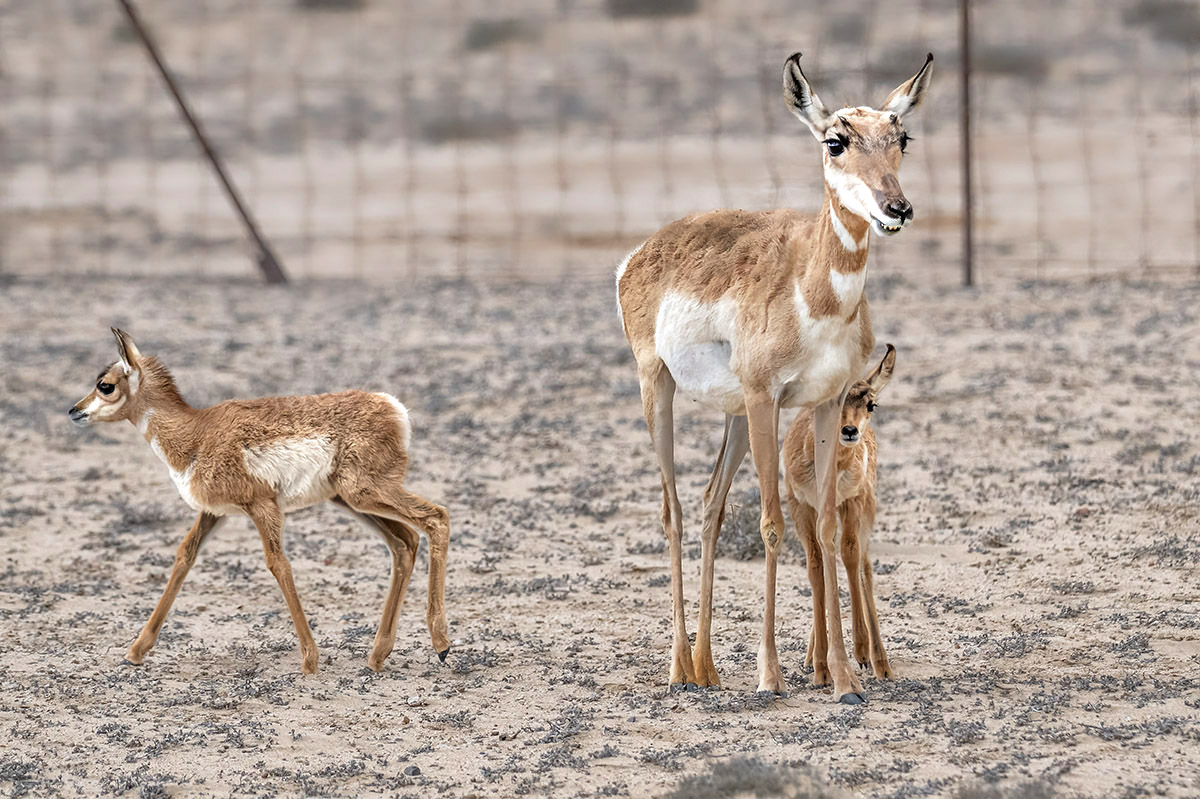
Visitors are welcome to see the pronghorn at the facility and tour the Visitor Centre, where there’s more information on the history and success of the project, and plenty of fascinating details about pronghorn biology and ecology. Pronghorn are the second fastest land mammal in the world (after the cheetah) and can reach speeds of 90 kilometres per hour.
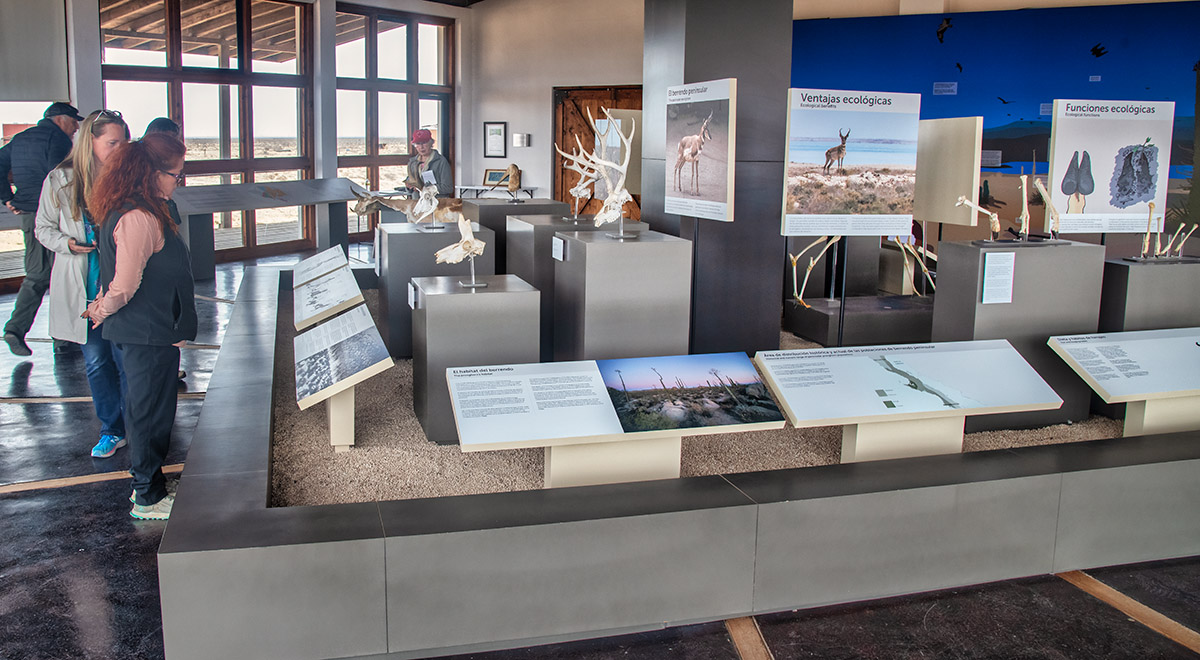
Half the fun is just getting there
Guerrero Negro is fairly remote – a bit over 400 km from Loreto, the main airport for most visitors to this part of Baja California Sur. Options to get there include driving, bus, or guided tours. From Loreto, Hwy 1, the Trans Peninsular Highway, heads north along the Gulf of California towards Mulege and Santa Rosalia. A highlight along this route is gorgeous Conception Bay, with its amazing beaches and fascinating birdlife. We wrote about our Conception Bay experiences here.
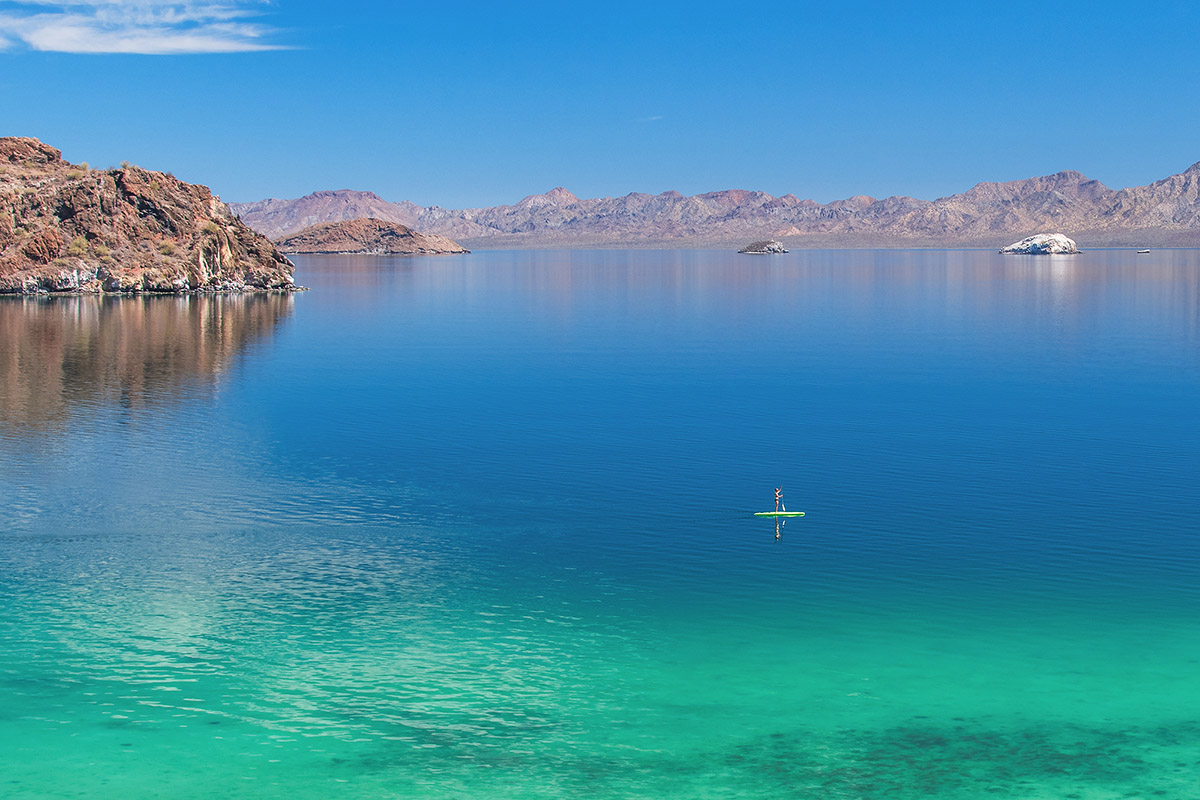
The highway turns inland just past Santa Rosalia. This town of around 14,000 is known for its French influence, dating to the late 1800s when a French company started a copper mine here. It even has a church designed by Gustave Eiffel of Eiffel Tower fame. Another landmark, as well as being a pleasant place to stay, is the historic Frances Hotel, built in the 1880s of wood in a French colonial style.
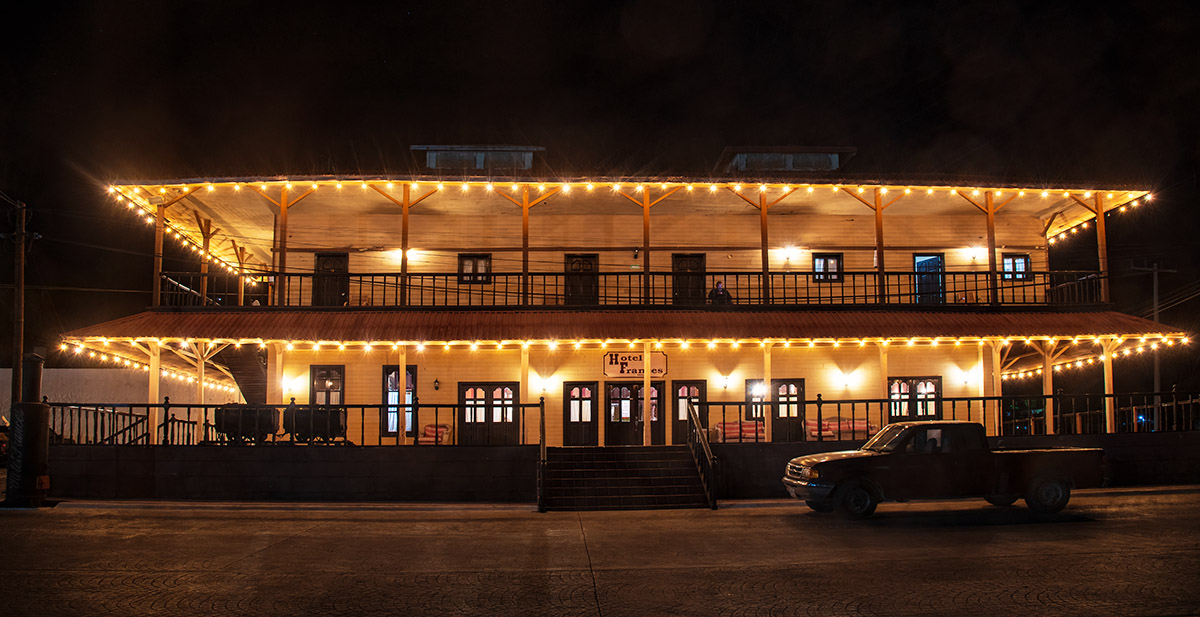
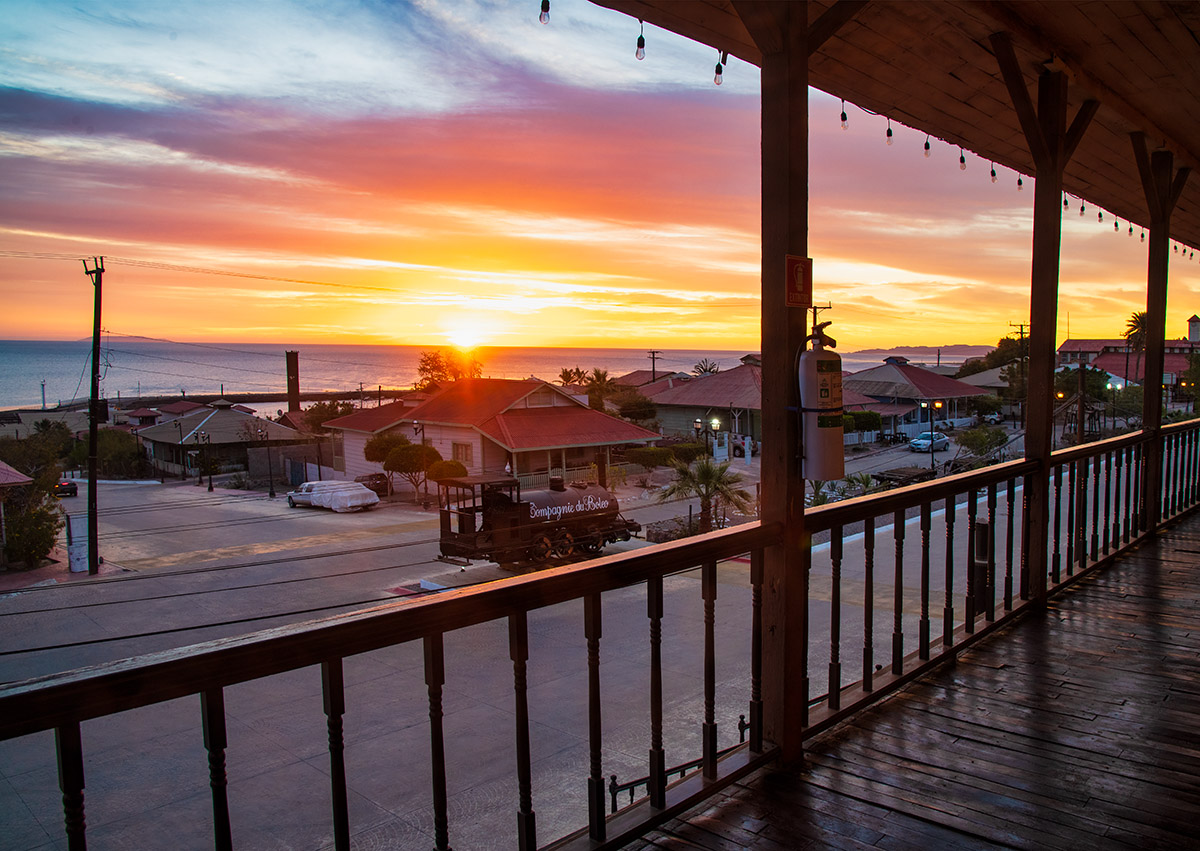
Into the wild Interior
Along the highway across the peninsula towards Guerrero Negro on the Pacific coast, we are treated to some of the wildest and most rugged landscapes of the trip – all protected in El Vizcaíno Biosphere Reserve.
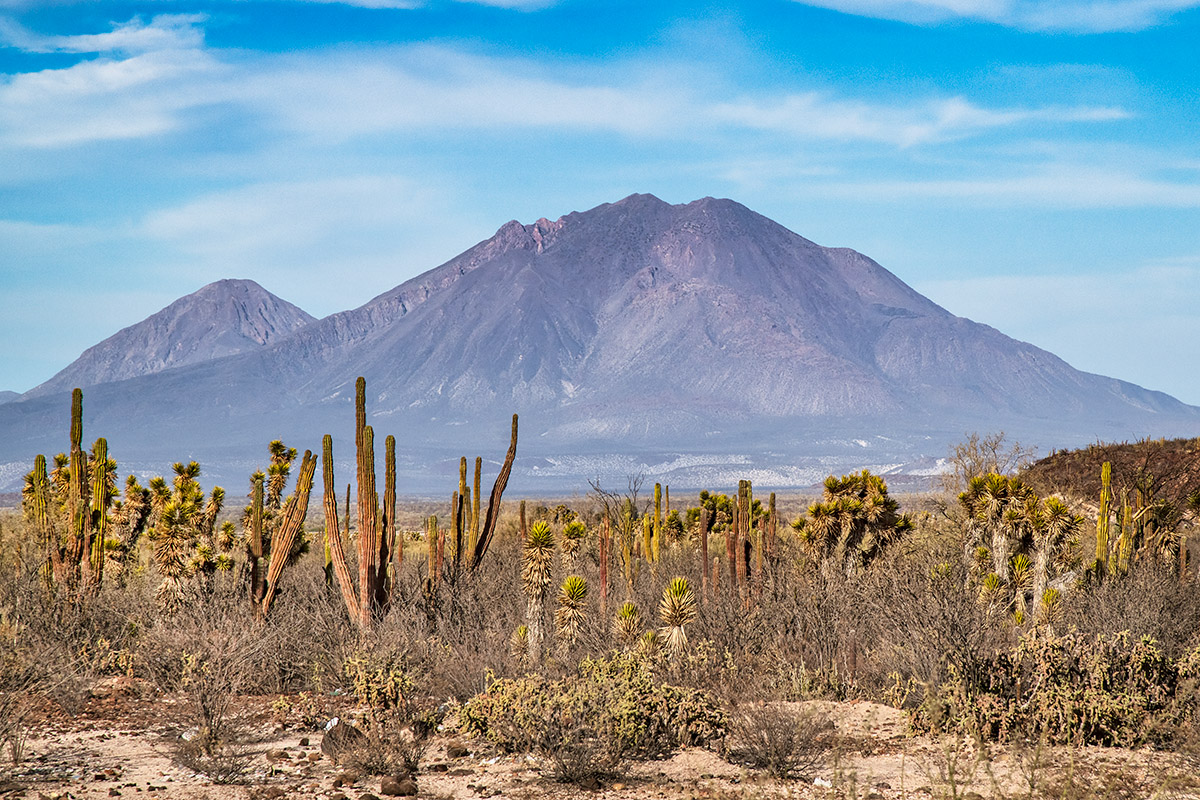
We pass through mountains, canyons, and deserts, and see practically every kind of cactus you can imagine. Most impressive is the series of volcanoes, their picture-perfect shapes looming in the distance. In one area, the highway crosses a lava field from a former eruption.
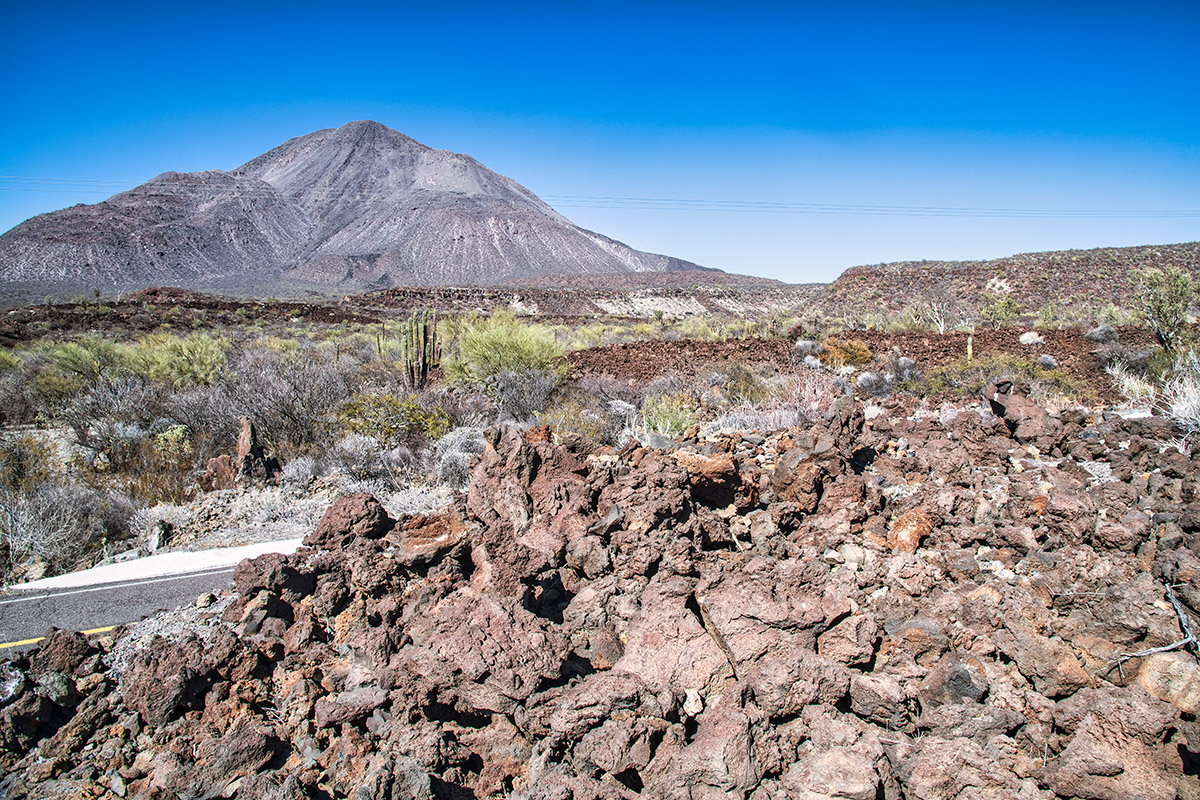
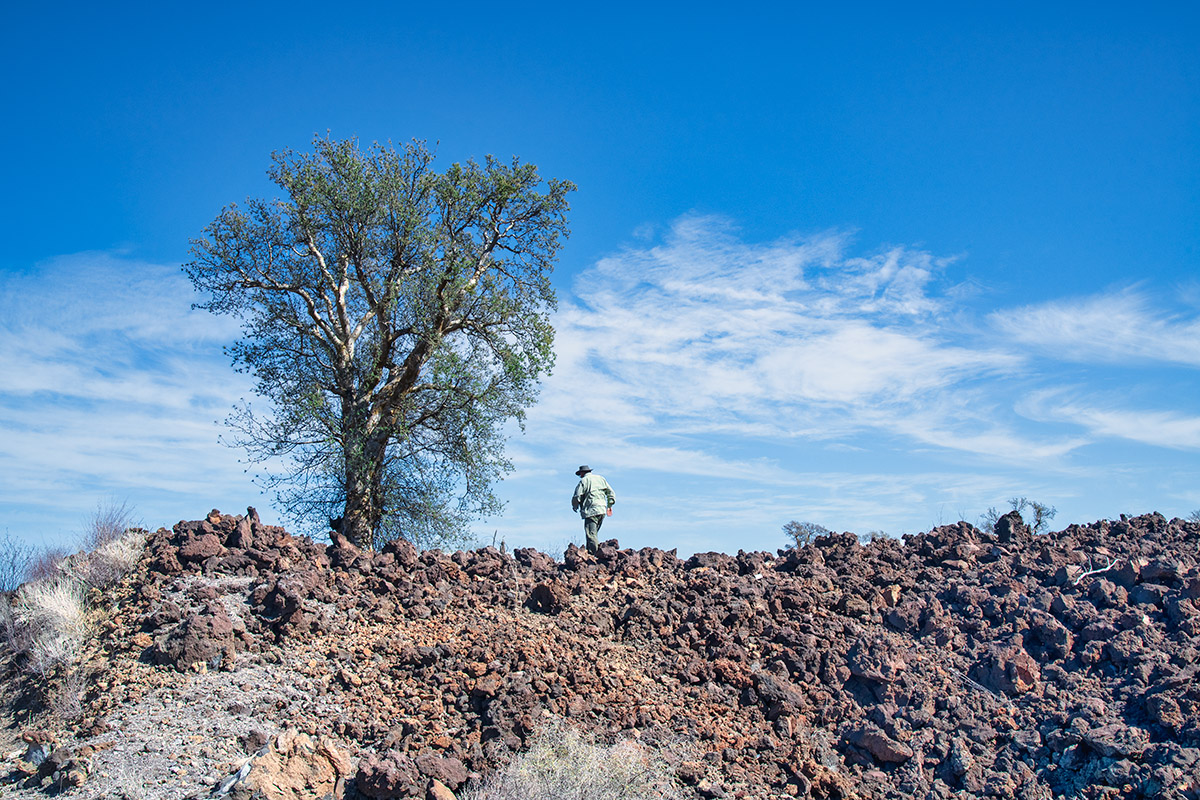
About a third of the way across, we come to the small town of San Ignacio with an historic mission church. This is a classic oasis with water, fringed with palm trees and other lush vegetation, and surrounded by arid, inhospitable desert.
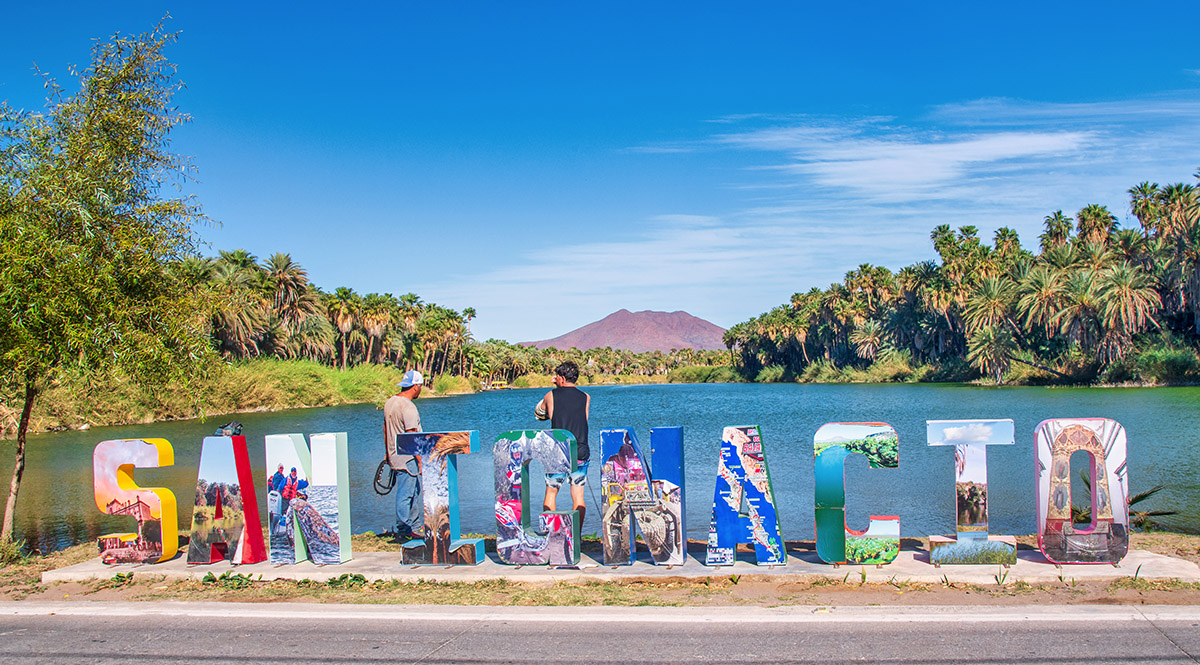
The top reason to travel to Guerrero Negro is to see the whales. But if you make the effort to come here, be sure to allow enough time to experience the many other attractions that the area has to offer.
Resources
Loreto Tourism for highlights of the Loreto region, tours, accommodation, and wildlife viewing excursions.
Visit Baja California Sur has more information on places to visit and adventures in the state.
Exploring Loreto, Mexico’s Magic Town in Baja California Sur
Turquoise Waters & Tantalizing Tastes: Exploring Mexico’s Conception Bay
SUBSCRIBE to Photojourneys below
Feel free to PIN this article on Nature Adventures beyond Whales in Guerrero Negro
